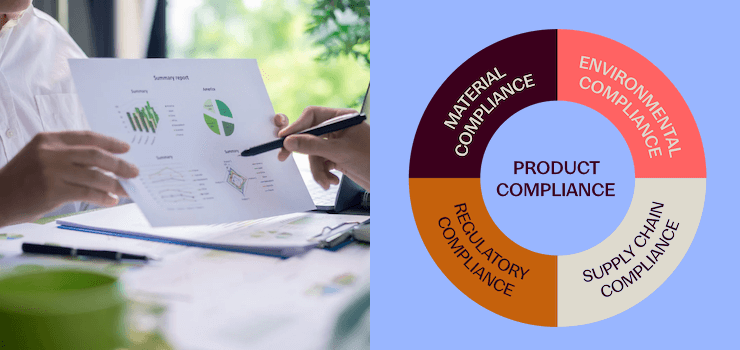On Thursday, August 8th, eLRT Lite, a simplified version of the electronic Labour Rights Template, was launched. Pia Ostroske (P.O.) interviewed Tolga Yaprak (T.Y.), Senior Consultant for Compliance and Social Responsibility at iPoint Inc. He is a subject matter expert on conflict minerals and anti-human trafficking and spearheaded the eLRT Lite project.

P.O.: Tolga, what is eLRT Lite?
T.Y.: eLRT Lite is an Excel-based, open-access file with 14 questions that pertain to anti-human trafficking compliance. The questions reflect the most common denominators across 8 primary pieces of legislation, ranging from the California Transparency in Supply Chains Act, to the UK Modern Slavery Act, and the Countering Americas Adversaries Through Sanctions Act. It also incorporates the OECD 5-step due diligence framework.
P.O.: What makes eLRT Lite unique and separates it from other surveys?
T.Y.: eLRT Lite covers the current set of legal requirements and addresses modern slavery risks companies around the globe face. As the name suggests, the Liteversion makes it as easy and cost-effective as possible to put a finger on the pulse of the supply chain and get a good read. It gives suppliers the opportunity to provide essential, must-know information on anti-slavery at a high level of confidence, with reduced survey fatigue, and for free.
P.O.: eLRT Lite was derived from the original eLRT. What’s the difference to eLRT Lite?
T.Y.: The original eLRT is also free, open-access and Excel-based. Primarily, it is a great way to assess risks that have been identified. It brings specific policies and practices into much sharper focus.
Let’s say a company uses eLRT Lite to canvas their entire global supply/value chain. After reviewing the responses, there are suppliers, that reflect higher risk. It would be prudent to get detailed, follow-up information before sending audit teams. Here the original eLRT comes into play, which allows a more detailed survey of a company’s external supply chain and own operations.
P.O.: What is the purpose or idea behind eLRT Lite?
T.Y.: Looking at the big picture, which is eradication of forced labor, modern slavery, and human trafficking in the entire global supply chain, we know that it’s impossible to audit every single supplier. As a result, companies need to collaborate with their supply chains, and that requires data exchange. If you empower your supply chain by giving your suppliers access to a free data exchange mechanism such as eLRT Lite, everybody wins. That’s why we made it free, open-access, and based on technology that most people are familiar with: Microsoft Excel.
That way, we at iPoint can leverage our expertise in the compliance data exchange and sustainability/CSR-reporting fields to play our part in the grand scheme of things by facilitating that data exchange.
P.O.: How would someone use eLRT Lite?
T.Y.: A company could simply tell their suppliers to go to www.elrt.org and download eLRT Lite or send their suppliers an email with eLRT Lite attached, and request that they complete the survey.
For companies that are committed to ensuring secure data chain-of-custody and reducing compliance cost and supplier survey fatigue, using the iPoint Suite of applications would be the best route. 50,000+ companies world-wide are already registered on iPoint’s SustainHub, the ultimate one-stop solution for companies looking to collect data from suppliers. Suppliers can still complete eLRT Lite for free through SustainHub – just like they do when they submit any other types of data, for example on conflict minerals, materials compliance, product chemical risk, etc.





.png)
